|
Ryan Avery, musician and artist will be our guest on 7/18/24 at 7p. Grab a beverage (with host Marshall Shore, Hip Historian,) and tune into this virtual happy hour. Over past episodes accessible on the Hip Historian Youtube channel. Now a podcast on Spotify + iTunes
A look at the people and performances from the past two decades at the downtown Phoenix arts and music haven. By Benjamin Leatherman Weirdos have always been welcome at The Trunk Space over the past 20 years. The same goes for local artists, performers, musicians, creatives, colorful characters and others who are outside the norm. The DIY art space and music venue, which was launched in April 2004 by artists Steph Carrico and JRC along Grand Avenue just north of Roosevelt Row, has been a unique part of downtown Phoenix’s cultural landscape. Its served as a talent incubator that has fostered the sort of outsider art, experimental performances, unusual artistry, musical oddities or newbie bands not found elsewhere. “We enjoy things that are a definitely strange and outsider,” Carrico told Phoenix New Times in 2020. Countless burgeoning artists and acts have gotten their start at The Trunk Space, including such notable bands and performers as AJJ, Ryan Avery and Treasure MammaL. Hundreds of touring bands have also performed at the space over the past 20 years, such as indie duo Matt and Kim, punk icon Gregg Turner, folk singer-songwriter Kimya Dawson and electronic noise-rock act Quintron and Miss Pussycat. These days, The Trunk Space is located on the grounds of the historic Grace Lutheran Church and is a nonprofit venture run by volunteers and overseen by a 10-person board. It maintains its focus on art and music of an indie, unusual or outsider bent. To commemorate The Trunk Space's 20th anniversary this month, New Times has assembled a photo retrospective showcasing some of the people, performances and art events held at the venue over the past two decades.
Luke and Joe welcome Ryan of Related Records to the show to discuss the 2019 tribute to Floating Eye of Death NO SINGLES!
By Sophia Balasubramanian Meet “thegoodshowsaz” – the protective older siblings of Arizona's music scene.
The account works to disrupt the music industry's lack of diversity and tendency to promote problematic artists while providing a safe space for marginalized musicians and audience members alike in the local music community. Run by Bailey Pyritz, a junior studying digital culture, and Ryan Avery, a longtime member of the Phoenix music community, the account is the successor of a website by the same name. Avery had previously co-run a website focused on ska shows in Arizona and started The Good Shows website in 2004 to appeal to a wider audience. The original blog lost traction in the early 2010s with the arrival of Facebook Events, and even now, the new Instagram account is hesitant to post more shows due to increasing concern over the coronavirus pandemic. As such, the account has shifted gears to provide advice on avoiding COVID-19 at music events and tips on running house venues during a pandemic. Avery found the inspiration for restarting the site after talking with a friend. Recalling the conversation, Avery said that as an older member of the community, they are now “responsible to provide a space for a younger generation of weirdos.” There are three requirements that make “thegoodshowsaz” true to its name. To be accessible, every show had to be under $15, open to all ages, and something that was worth going to. For Pyritz, having shows open for all ages is a big priority. “A lot of venues are 21-plus, and they have punk shows there, and it’s kind of killing the scene, because really what keeps the scene alive is the kids and the youth," Pyritz said. This iteration of the project, which was renewed in July, maintains its original purpose of creating a safe, welcoming space for newcomers and veterans alike with an extra emphasis on safety. Ava Fox, a senior studying sustainability, as well as a band member and concert-goer, said the scene should support artists, not people using its bands as a tool for social clout. "thegoodshowsaz" tries to promote only artists with no history of misconduct or bigotry. Bands that threaten the safety of the scene are not promoted on the site, Pyritz said. “The space was made for white men, by white men, and I just think that’s something that needs to go away,” Pyritz said. They want to bring more activism to the project by creating a space where the account's audience can celebrate art without fear of encountering racism, homophobia and misogyny. ”It’s OK to stand up for yourself, and it's OK to stand up for what you believe in and the changes you want to see,” Pyritz said. Neither Fox nor Pyritz tolerates anyone with a history of misconduct at an event. Both work to make everyone aware of their presence in the scene — for Pyritz, through the account, and for Fox, on stage as a performer. Fox said that in order to promote the bands that deserve attention, the community needs to regulate itself. She said she supports “thegoodshowsaz” because she feels it highlights the beneficial aspects of the scene so that younger people and those from marginalized communities can safely interact with their favorite artists. Fox said that it’s vital to create a safe environment in the first place, rather than policing future events for harmful actions. “To help a community, you do something first,” Fox said.
Written by Ed Masley for the Arizona Republic It was 2017 when two brothers started charming their way into all-ages shows at the Trunk Space, a nonprofit avant-garde arts venue housed in Grace Lutheran Church on North Third Street in Phoenix.
"They were 10 and 11 at the time," recalled Steph Carrico, who cofounded the Trunk Space in 2004. "They just kind of showed up and were asking a bunch of questions. We were like 'Where did these kids come from?'" The boys managed to work out a deal where if they helped take out the trash or clean up afterward, they were allowed to watch the bands. "So then they started showing up almost every night and we learned that they were homeless," Carrico recalled. "They were living with their mother, staying nearby. And it was something for them to do in the evenings." The kids' bad situation got much worse The Trunk Space has been temporarily closed since March because of COVID-19, but the boys stopped coming around before that. When Carrico heard in late June that their mother had died, she couldn't stop thinking about them, wondering if they were safe. "I was able to get a hold of someone who was in contact with them," she said, "and found out they were living in a motel with their guardian, who's 21." After reaching out to other members of the Trunk Space board, Carrico started a GoFundMe page in late July, hoping to raise at least $500. As she wrote in that initial post, "At the least, we'd like to be able to help them buy some new clothes, though it would be pretty fantastic if we were able to raise enough money to help them get established in more permanent housing." They raised $1,000 in the first half hour. "So I bumped the amount up to $5,000 and hit that in two days," she says. By the time she shut off new donations, Carrico's GoFundMe page had raised $6,587, allowing the boys and the cousin who took them in, to get established in a new apartment. By Chris Coplan 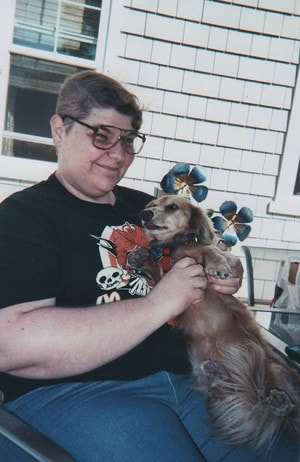 Ryan Avery’s something of a local music guru. Whether playing with bands like Fathers Day or Drunk and Horny, or booking shows at Trunk Space, they've been involved with hundreds of shows over the years (Avery uses they/them pronouns). Yet there’s one project that stands out among the slew of indie and punk shows: the Real Coachella festival. "Whenever we'd ask an artist that we want to have perform, we'd say, 'Do you want to perform under the moniker of one of the acts that are playing the other Coachella," they say. "If they said yes, then we'd say, 'Tell us the name and give us some idea of how much time you need or what you want to do. Or don't tell us at all." The event, which ran from roughly 2005 to 2014, became a kind of satire not just of Coachella but other big, bloated festivals that dominate the music scene and draw talent and attention from smaller operations. But as Avery explains, that wasn’t always the intention. "When we started doing the Real Coachella, that sort of shit wasn't as apparent," they say. "It was like, here's a bunch of '80s bands reuniting in the desert and people are going apeshit for it. And then indie bands that just a couple months ago that were playing the smaller stage are now thinking that's going to launch their career into something bigger. But as time progressed, it was actually becoming the worst." They add, "The other thing that was really obnoxious, to me anyway, is it was so frustrating to see a band that we really missed reunite and then only play Coachella. Like, I wanted to see Refused so bad, but I don't want to be surrounded by people who don't care." While the notion of a faux festival seems silly, Avery admits that all the organizers remained deeply committed to the gag at all stages of planning. "We'd meet somewhere ridiculous; we wanted every aspect of it to be ridiculous," they say. "So one year, we met at Mastro's and we wore really nice clothes." Along the way, Avery and company accumulated several memorable performances. There are far too many to encapsulate what made the fest great, but Avery has a couple favorites. "My old band Night Wolf did a tribute in 2009 to Danzig where we pretty much printed out [his] Wikipedia article and rewrote parts of it to make it sound spookier and make it sound more evil, which is, like, definitely the perception that he wants to give people," they say. "So I read that on stage and my partner Andrew played Misfit and Danzig songs between every couple paragraphs. Then we ended it with the Tuba City incident. But instead of saying that he just got punched, we said that he actually died. Then we reenacted it." Not every memorable performance had to do with music, either. "Another performance that I really, really enjoyed, and we did it every year except the last, was JRC, the former co-owner of Trunk Space, performing the opening ceremonies as this performance art project called Pinata Party," they say. "He'd have this spiel about how important the pinata was, and then let people have turns whacking at it. Only it'd be filled with plastic vegetables or rocks or old gumballs." The event didn't just gross folks out; it actually tricked quite a few hapless concertgoers. "The year The Specials were going to reunite [2010], it was just some karaoke thing performed by a local ska group," Avery says. "That's the only time that we got regular hate mail from people. They're just like, 'You don't fuck with The Specials like that. I was about to fly down to Phoenix to see them play for $5 at an art gallery.' The same weekend they were going to be in California." Or, the deeply devoted Scissor Sisters aficionado. "They just did this real spooky thing for a couple minutes, with white face paint and candles," Avery says of the mock performance. "The person stayed for most of the show. But apparently they went up to the counter and demanded their money back. Like, okay, here's your $5." Eventually, though, the joke ran its course. However, Real Coachella didn’t merely fold like any other festival. "The way we decided to send off the Real Coachella, either in 2014 or 2015, was amazing," Avery says. "We'd been getting a lot of heat from this guy on the internet, and he was flagging all of our event pages on Facebook. So we put his name on the event and didn't ask any bands to perform. We told everyone it would be at The Dressing Room, but we didn't ask the people running The Dressing Room. We just set up in the parking lot dressed like ghosts and played Misfits at 16 RPM." Avery is slightly hesitant to recall the "legacy" of Real Coachella, perhaps because that kind of thinking would only ruin the whole joke. Still, when asked if they were trying to be silly and dumb for the fun of it, or if there’s some deeper meaning, they had at least some insight. "I wouldn't say that I want to be weird and wacky, but I would agree with the statement that normal things are boring," they say. "There's a book called Welcome to the Music Business, You're Fucked! If you're doing a local show, you're just a local band playing around your home state. "You shouldn't be upset when people don't go to see you. Because you need to give them a reason to go outside of just seeing live music. That's the way I feel with pretty much any local event. I'm still not going to go unless there's another factor to it." Which is to say, great music isn’t enough, and what makes a scene feel more real is how we grow and expand its larger role within a community. It’s a nice tidbit to muse on as folks sit at home, contemplating the eventual return of live music. Could that also include Real Coachella? "I wouldn't want to do Real Coachella again," Avery says. "I think saying respecting the legacy of what it was is accurate, but it feels like the opposite of what should be."  Who are you and are you in a band or do you perform solo? If in a band(s), what is the name of that band? My name is Ryan Avery (they/them pronouns). I’m in a Queer Ska band called The Terri’s — we don’t have any recordings, havent played any shows and are on hiatus because of COVID but I am one of the 4 singers in the band. I also perform solo under the name “Hi My Name Is Ryan” which consists of me just singing songs and telling stories and doing other forms of performance art. What instrument(s) do you play? I don’t play any instruments, but I have played drums and guitar and keys for many different bands over the years. How long have you been making music? And what first drew you to your craft? I have been writing songs since I was a child, I have been performing live music and art since 2002. Growing up with older siblings who are into punk and alternative music drew me into the craft of writing music, and seeing live music (specifically local thrashcore/artschool band Hammered Dr. Destructo) drew me into performing live. What was your favorite show of all the shows you’ve ever played? Favorite Hi My Name Is Ryan show is any show where I see people cry because I know they are really feeling and hearing me. What are you listening to during this period of social distancing? I have been listening to music pretty much constantly since I started social distancing in the beginning of March. If it gets silent and I have to think for too long about how I am feeling I just start to cry so… music and cartoons non-stop in the house. I have been really enjoying these Golden Boots “Burning Brain Radio” mix tapes. The Golden Boots boys have this radio show in Tucson every Tuesday from 4-6 PM on 99.9FM, I never get a chance to listen to it live, but they make copies of the radio show on mix tapes later and they are such good, fun mixes. I am also loving these Bandcamp days that Bandcamp has been doing every month (I hope they continue, but I think they are probably gonna stop). It’s fun to add things to my Bandcamp Wishlist throughout the month and then come up with a spending budget and spend all that money at once buying music from artists and know 100% of the funds are going directly to them or the organization they donate to. Then spend the next month listening to and enjoying all that new music. You can see what I am buying and wishlisting at bandcamp.com/majesticryan. My top 9 most listened to albums on my mobile Bandcamp app are : 1. The Funny Uncles “Writin’ Songs” 2. Dear Nora “Three States” 3. Various Artists “The Rebellious Jukebox Plays Northern Soul Stormers” (This is a comp of 100 different amazing Northern Soul songs) 4. Bessie Jones “Get In Union” 5. Kleenex/Liliput “Discography” 6. They Might Be Giants “Then: The Early Years” 7. Jackie Shane “Jackie Shane: Any Other Way” 8. Neo Boys “Sooner Or Later” 9. The Dezurik Sisters “Yodel and Sing Their Greatest Hits” I would also like to mention that I feel like the musical works of Dorian Wood is the perfect soundtrack to what I feel like most of the world is experiencing right now, so I have been listening to a lot of their music since I started social distancing. Stephen Steinbrink
*Mystery Guest* Jeffrey Lewis Jason Anderson
Ryan Avery joined us for our third episode of Band Basics and we talk the basics on forming a band, running a label, not sinking your money into backstock, plus a whole lot more. Hosted by Mark Anderson, catch this hour long conversation with Ryan and (hopefully) learn a thing or two as they discuss a myriad of topics about being in the music business.
Check out our interview with Ryan below and make sure to tune in to each episode of Band Basics where we feature new guests and advice for musicians on every episode. -- So, here’s the deal. We’re always receiving questions from musicians that fall outside the scope of information we usually offer as a publication. Over the history of our website we’ve tried to offer helpful hints here and there on a variety of subjects, from booking shows to contacting the press, but we feel that we should delve even further. Welcome to Band Basics 101. |
Categories
All
Archives
July 2024
|
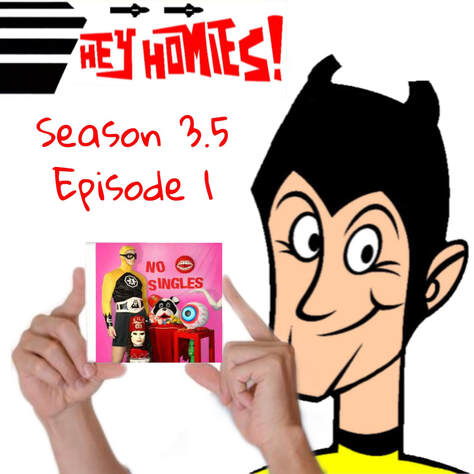



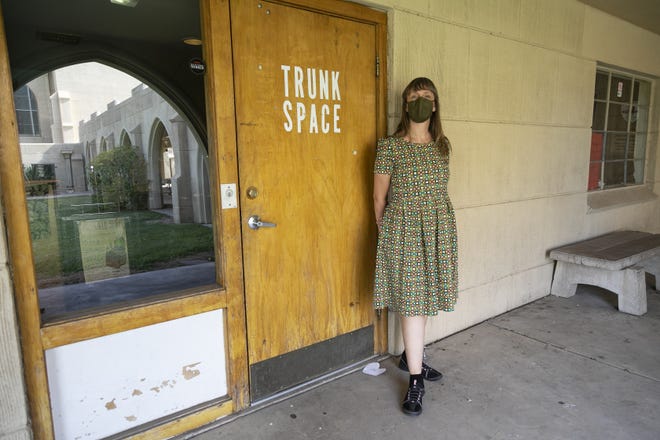








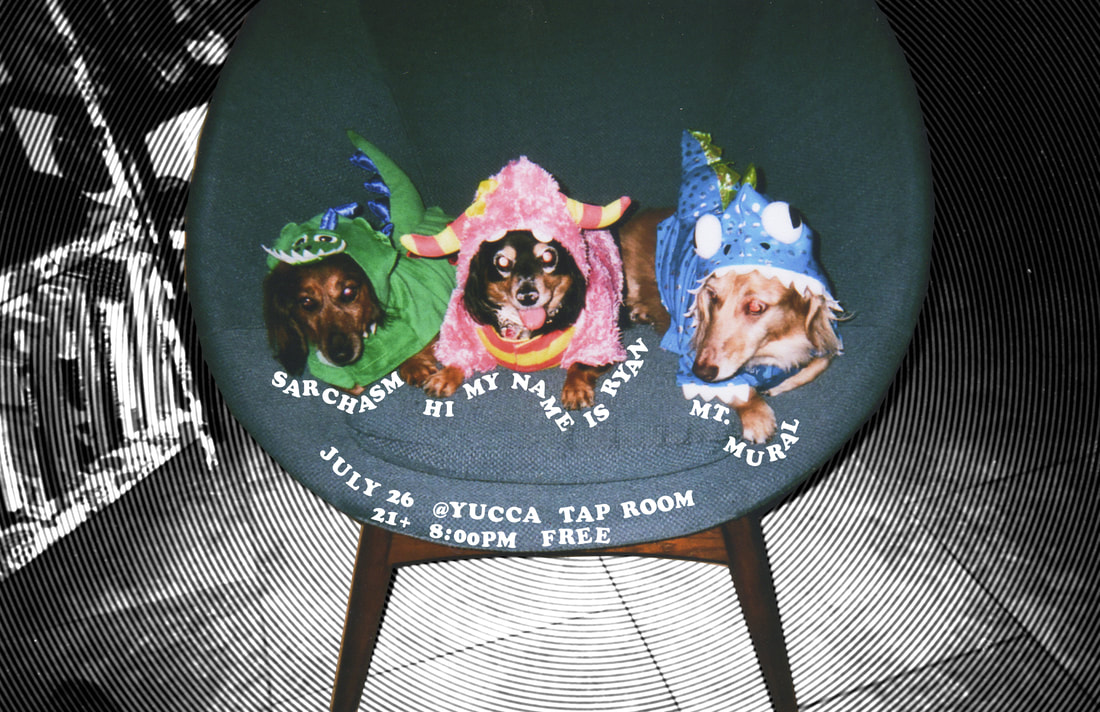
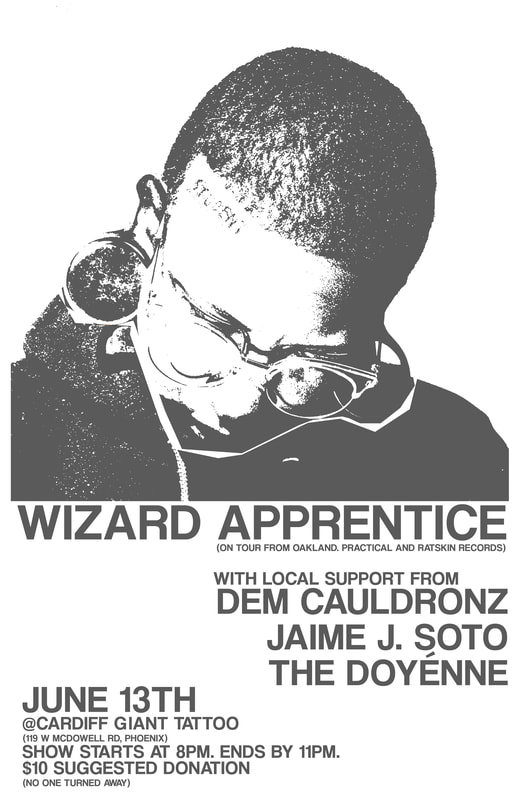


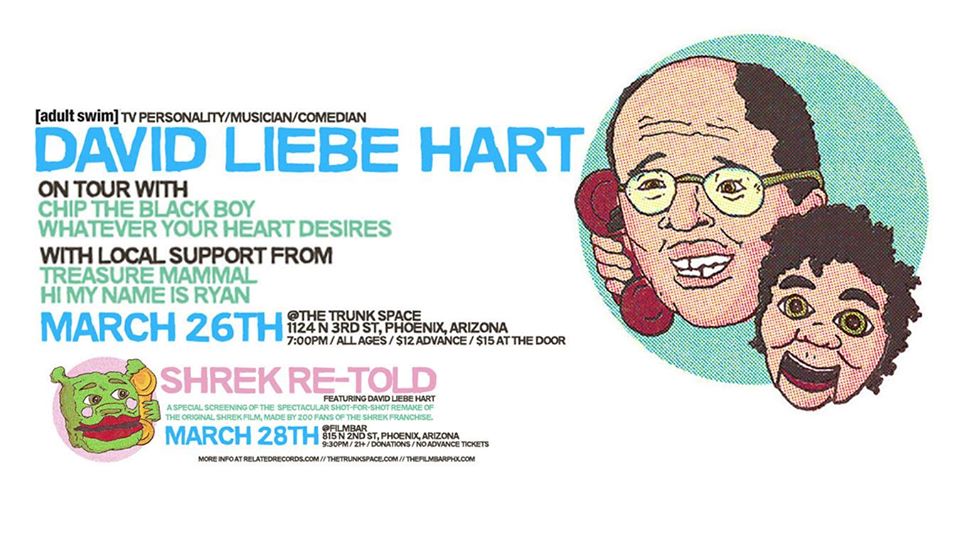
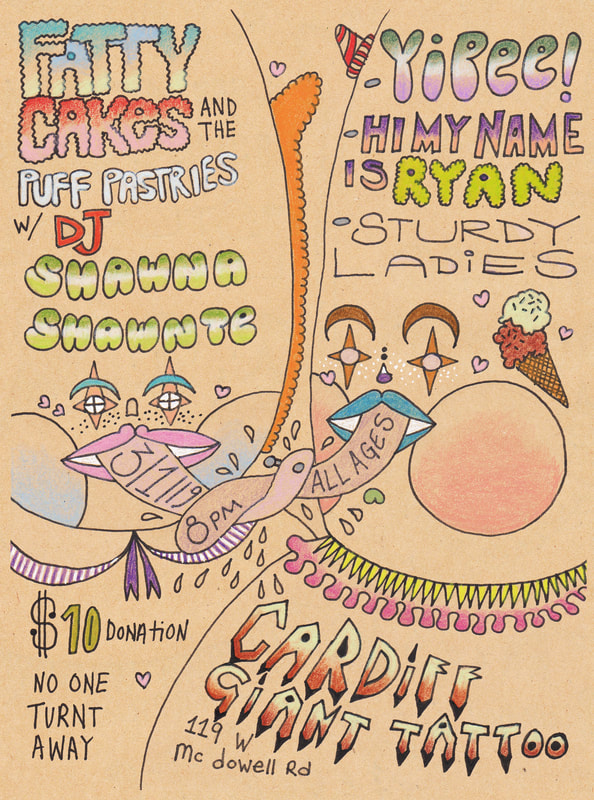
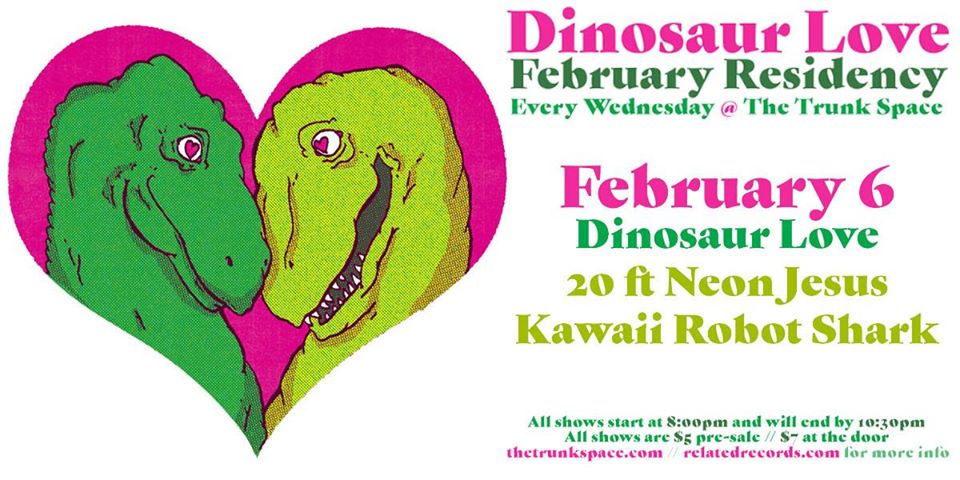
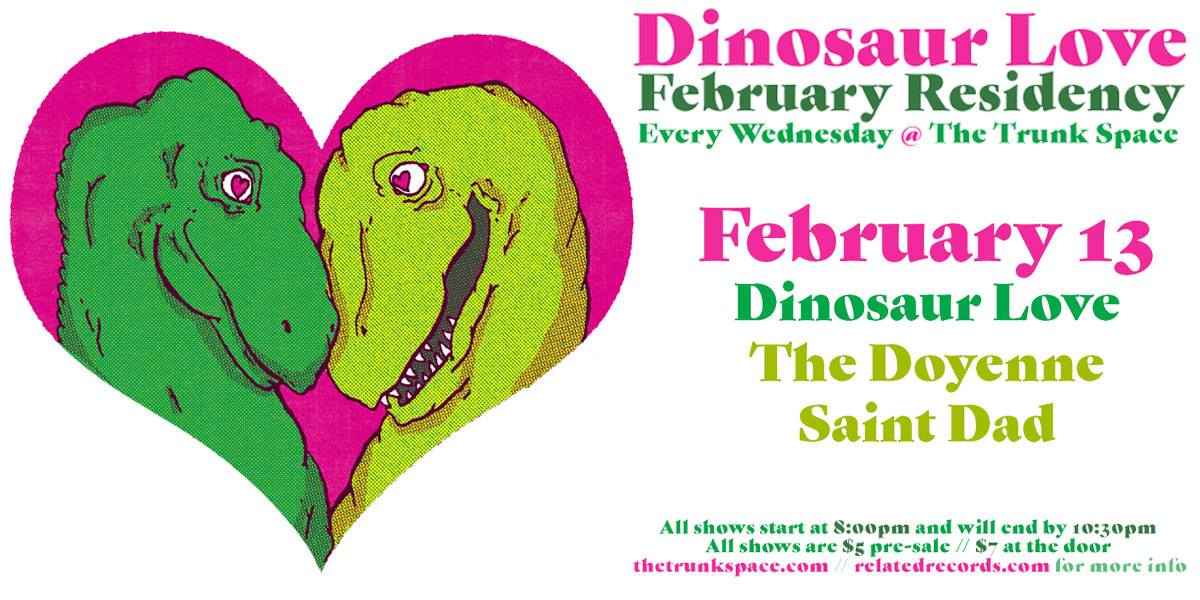

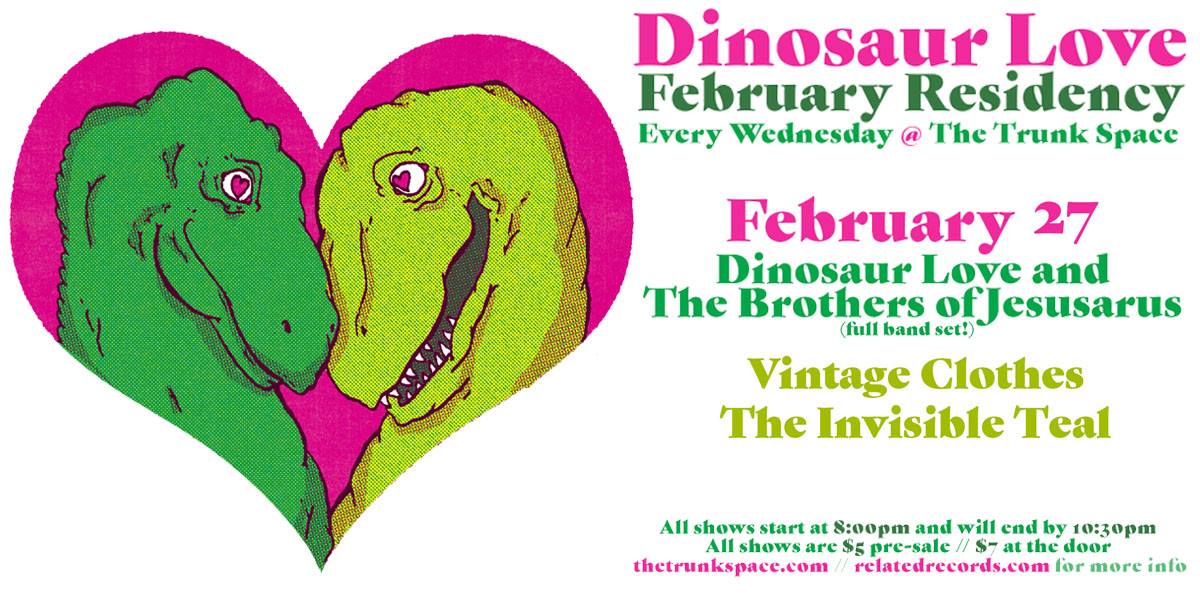
 RSS Feed
RSS Feed